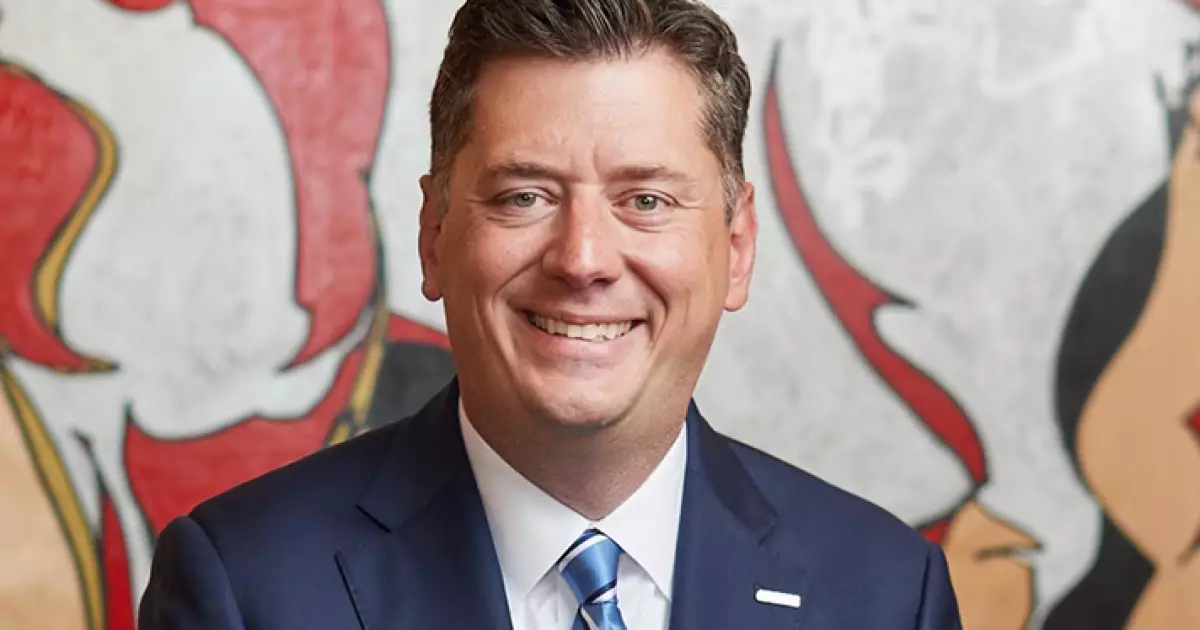In a city boasting a rich sports culture, the recent approval of a $900 million arena for the Oklahoma City Thunder through a bond-financed deal raises eyebrows among taxpayers and community members. The deal, which guarantees that the team will remain in Oklahoma City through at least 2053, appears on the surface to be a win for local pride. However, a deeper examination reveals significant financial implications that may outweigh the perceived benefits. Mayor David Holt has framed the agreement as a commitment to the community, but is it really a boon, or merely a band-aid solution to deeper economic challenges?
Binding Agreements and Financial Penalties
At the crux of the agreement is a hefty financial penalty if the Thunder were to leave the city before the 25-year commitment is up. The staggering threshold of over $1 billion in early exit fines induces concern that the deal primarily serves the interests of the franchise without genuinely considering the taxpayers funding it. While the excitement for a modern arena is palpable, it is vital to question why citizens must shoulder the financial burden and take extraordinary measures to keep a professional sports team. The arena’s operational costs remain the responsibility of the city, while the Thunder will retain lucrative naming rights—a lopsided distribution of responsibilities and benefits.
The Financing Scheme: Taxpayer Implications
The proposed financing plan utilizes tax-exempt bonds expected to yield nearly $976.3 million over an extended six-year sales tax initiative. These projections rely heavily on the assumption of steady economic growth, which historically can be unreliable, especially in a post-pandemic economy. The financial structure begs for scrutiny: Are Oklahomans prepared to shoulder this fiscal burden long-term? With the tax extending beyond its initial expiration date of April 2028, many would argue that this deal fundamentally shifts the taxing landscape in a way that prioritizes sports over essential services like education, healthcare, and infrastructure.
Public Facilities Vs. Private Profits
The city intends to earmark $78 million from the previously allocated MAPS 4 fund originally set for existing facilities, coupled with an additional $50 million from the Thunder. Yet, while city leaders tout this as a practical investment into community infrastructure, one must consider whether public funds should cater to the luxury needs of a sports franchise. Bridging the gap between maintaining public facilities and private profits remains tenuous at best. Why, then, does a small market like Oklahoma City drive itself into a financial corner to appease a franchise with national revenue streams?
A Community Divided: The Social Cost of Mega-Deals
The widespread support for the Thunder does not negate the underlying tension generated by funding mega-deals that require a significant taxpayer investment. While some citizens celebrate the prospect of a new arena, others lament the potential dilution of public funds essential to everyday community welfare. Striking a balance is crucial: investments in community amenities versus extravagant sports facilities call for an open dialogue among city leaders and taxpayers alike. If the transaction fertility primarily serves a professional sports team while burdening local taxpayers, does it warrant celebration— or continuous scrutiny?
Oklahoma City stands at a crossroads, grappling with how to engage its citizenry responsibly. This new arena deal might not only be a physical structure but a revealing reflection of values, priorities, and ultimately, the fiscal vitality of the community.

